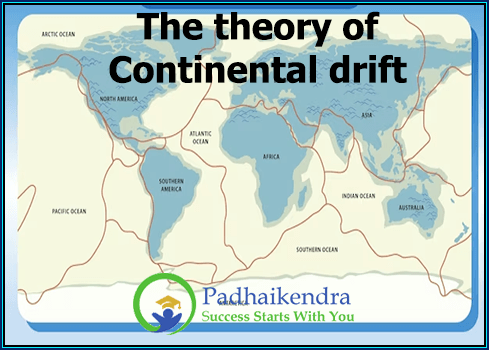The theory of continental drift is a scientific theory that was first proposed by the German geophysicist Alfred Wegener in 1912. The theory suggests that the Earth’s continents were once part of a single supercontinent called Pangaea, which began to break apart around 200 million years ago and has since moved to their current positions.
Wegener’s theory was based on a number of observations, including the way that the continents seem to fit together like pieces of a puzzle, the similarity of rock formations on opposite sides of the Atlantic Ocean, and the distribution of fossils across different continents. However, the theory was not widely accepted at the time, as it lacked a convincing mechanism to explain how the continents could move.
It wasn’t until the 1960s that a mechanism for continental drift was proposed, in the form of plate tectonics. This theory suggests that the Earth’s crust is made up of a number of large plates that float on top of the mantle, which is the layer of molten rock beneath the Earth’s crust. The movement of these plates is driven by convection currents in the mantle, which cause the plates to move apart at divergent plate boundaries, move towards each other at convergent plate boundaries, or slide past each other at transform plate boundaries.
The theory of continental drift and plate tectonics has since become widely accepted within the scientific community, as it explains a wide range of phenomena, including the formation of mountain ranges, the occurrence of earthquakes and volcanic eruptions, and the distribution of oceanic crust and seafloor spreading.





